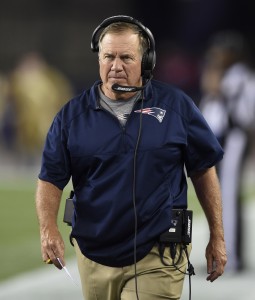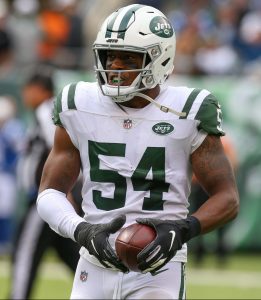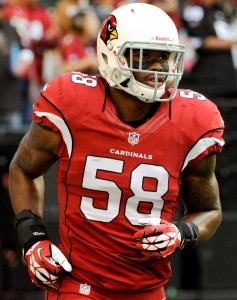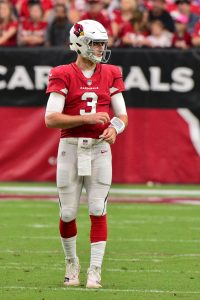In early May, the Cardinals declined the fifth-year option on Haason Reddick‘s contract. The linebacker isn’t on their books for 2021, he’s not a big part of their plans for 2020, and he’s almost certainly on the trade block. 
A few years ago, scouts saw Reddick as a versatile prospect with the ability to play multiple spots on the front seven. But, so far, he hasn’t been consistent as an edge rusher or an inside linebacker. Last fall, they gave him a shot to start at ILB. After five weeks, they turned the job over to Joe Walker. Walker left this offseason, but the Cardinals drafted Isaiah Simmons (another versatile, jack-of-all-trades type) and added De’Vondre Campbell and Devon Kennard to the mix, leaving Reddick without a clear role.
After three years, three head coaches, and 7.5 cumulative sacks, Reddick is left with zero job security in Arizona. Last year, he finished out with just six tackles for loss and one sack and graded out as Pro Football Focus’ lowest ranked linebacker out of 63 qualified players. His stock has cooled considerably, but other teams should be willing to take a small gamble on him and his remaining $2.3MM in salary.
The Panthers would be one logical destination for him. New Carolina head coach Matt Rhule coached Reddick at Temple and saw him at his absolute best. Reddick worked his way up across four years on campus and closed out his collegiate career in 2016 with 9.5 sacks as a senior. Thanks in part to Reddick’s performance, Rhule scored new job and bigger bucks with Baylor. The Giants would also make some sense – they’ve yet to re-sign edge rusher Markus Golden and GM Dave Gettleman was supposedly high on Reddick in his draft year.
Reddick has been here before. In 2018, he was rumored to be on the block before the trade deadline, though GM Steve Keim denied shopping him. This time around, we’d wager that Keim is willing to listen.





